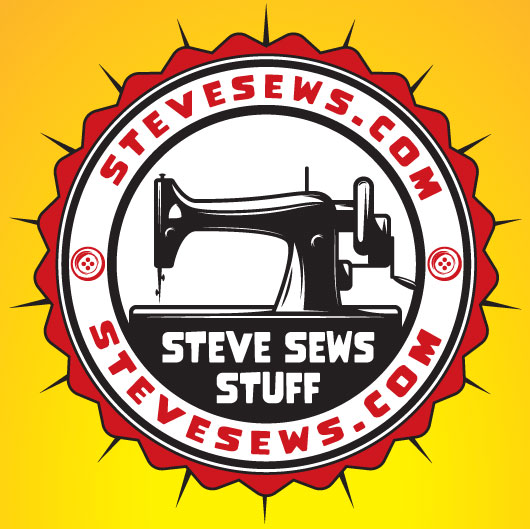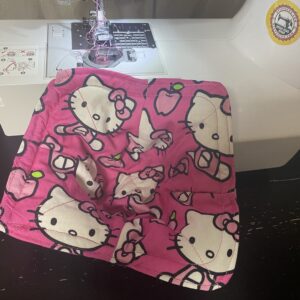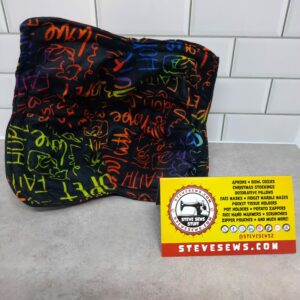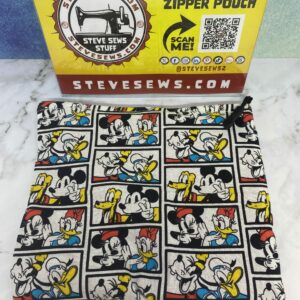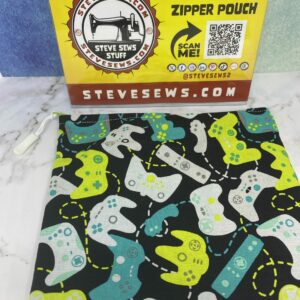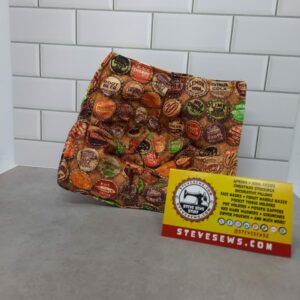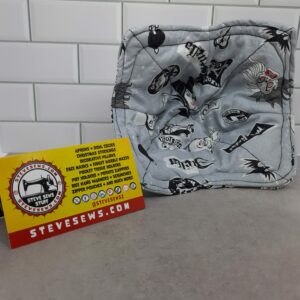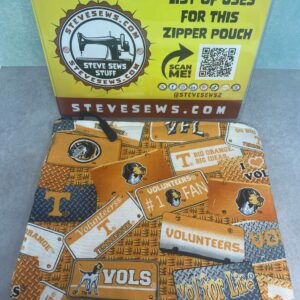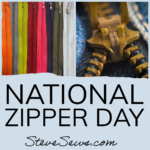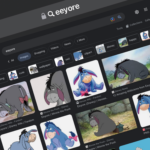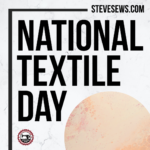Uncle Sam: A Patriotic Tale of Sewing and Symbolism – Uncle Sam, the iconic symbol of the United States, is often associated with patriotism, freedom, and the American spirit. However, behind this emblematic figure lies an interesting connection to the world of sewing – a craft that has played a significant role in American history. In this blog post, we’ll unravel the threads that tie Uncle Sam to the art of sewing and explore the symbolism woven into this patriotic tapestry.
Uncle Sam: A Patriotic Tale of Sewing and Symbolism
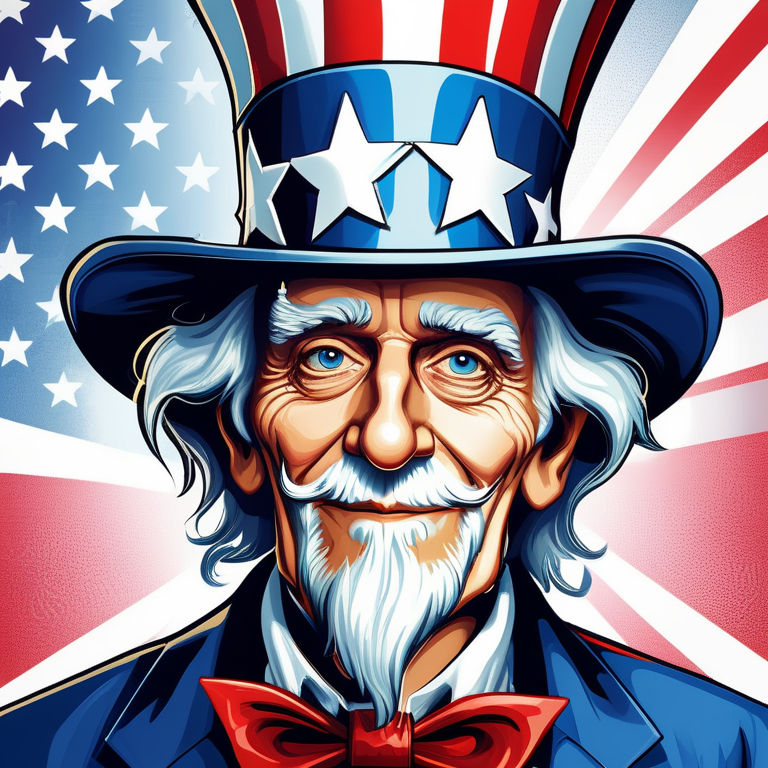
The Birth of Uncle Sam:
The origin of Uncle Sam can be traced back to the War of 1812, where Samuel Wilson, a meat packer from Troy, New York, supplied barrels of beef to the United States Army. The barrels were stamped with “U.S.” to indicate that they were property of the United States. Soldiers, familiar with Wilson’s nickname “Uncle Sam,” started jokingly referring to the food as coming from their “Uncle Sam.” Over time, this nickname gained popularity and eventually became the symbol we know today.
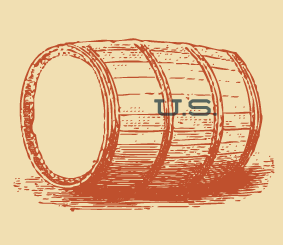
U.S. Army
Uncle Sam is closely associated with the U.S. Army due to his historical connection to Samuel Wilson, a meat packer who supplied barrels of beef to the United States Army during the War of 1812. The barrels were stamped with “U.S.,” indicating they were property of the United States. Soldiers, referring to the familiar nickname of Samuel Wilson, started calling the food provisions as coming from their “Uncle Sam.” This association became a symbol of patriotism and unity, and Uncle Sam has since become an enduring symbol, often depicted in recruiting posters and other military-related imagery.
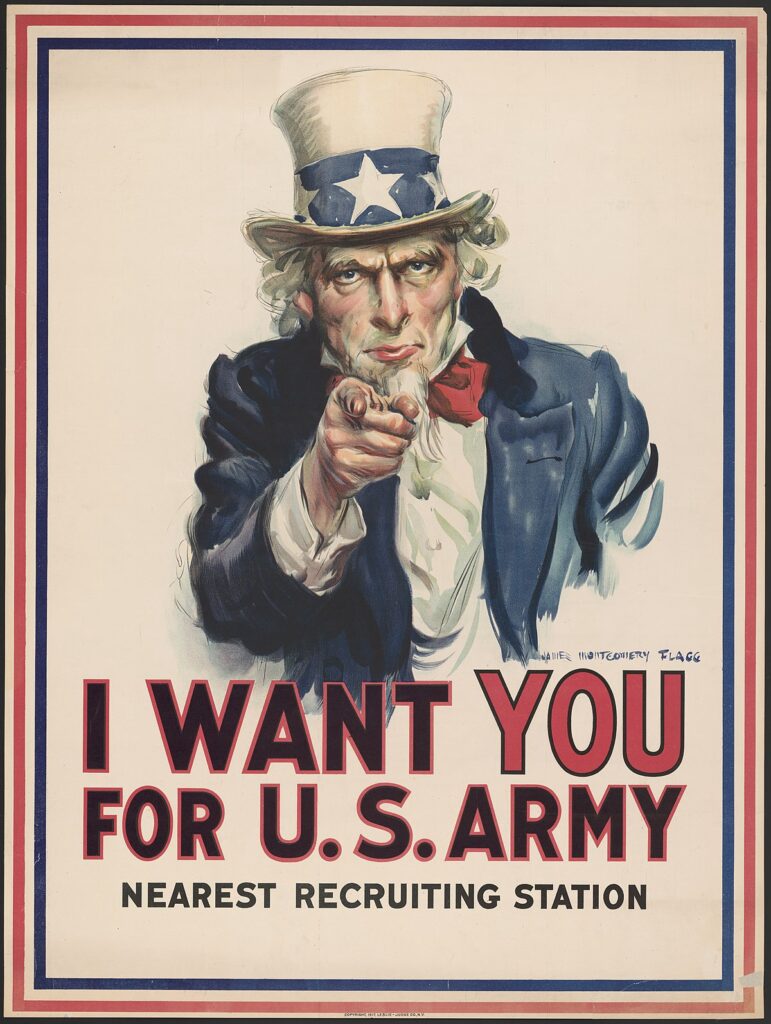
http://hdl.loc.gov/loc.pnp/ppmsca.50554
The Sewing Connection:
Samuel Wilson’s involvement in the meatpacking industry inadvertently led to the association of Uncle Sam with sewing. The barrels stamped with “U.S.” resembled the stitching of a tailor’s hand, and the connection between Uncle Sam and sewing took root.
The Patriotic Seamstress:
Sewing has always been a crucial part of American history, from the meticulous work of colonial seamstresses to the iconic Betsy Ross stitching the first American flag. Uncle Sam’s connection to sewing further emphasizes the importance of craftsmanship in shaping the nation’s identity. The act of sewing, with its attention to detail and precision, mirrors the dedication and care required to build a strong and united country.
Symbolism in Every Stitch:
The visual representation of Uncle Sam, often depicted as a tall and stern figure, bears a striking resemblance to the meticulous work of a skilled tailor. The stars and stripes of the American flag, meticulously sewn together, symbolize the unity of the states. Every stitch represents the shared history, struggles, and triumphs that have woven the fabric of the nation.
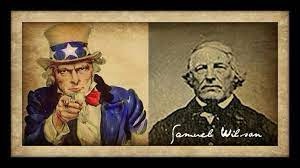
Patriotic Quilting:
Beyond Uncle Sam, the art of quilting also plays a role in American history. Quilts were often crafted by communities, symbolizing unity and cooperation. Just as a quilt is made up of individual pieces that come together to create a larger, beautiful whole, the United States is a diverse nation strengthened by the contributions of its citizens.
Uncle Sam Day
Uncle Sam Day is traditionally celebrated on September 13th each year. This day serves as a tribute to the iconic American symbol, Uncle Sam, and commemorates the historical origins associated with Samuel Wilson during the War of 1812.
Lesser-known facts about Uncle Sam
- Possible Multiple Inspirations:
While Samuel Wilson is commonly regarded as the primary inspiration for Uncle Sam, some historical accounts suggest that the nickname might have been inspired by various individuals named Sam, contributing to the collective persona. - Early Depictions Vary:
In early representations, Uncle Sam didn’t always wear the now-iconic red, white, and blue suit. Artists depicted him in various outfits before settling on the familiar stars-and-stripes attire. - Thomas Nast’s Influence:
The famous political cartoonist Thomas Nast played a role in popularizing the modern image of Uncle Sam. His illustrations in the late 19th century helped solidify Uncle Sam’s appearance. - Uncle Sam’s Pointing Gesture:
The classic “I Want YOU” poster created by James Montgomery Flagg during World War I popularized Uncle Sam’s pointing gesture. Interestingly, this pose has been used by other countries in their recruiting posters with their own national symbols. - Origin of the Name “Uncle Sam”:
The exact origin of the name “Uncle Sam” remains a subject of debate. Some theories suggest it originated from the U.S. initials on military supplies during the War of 1812, while others propose connections to folklore characters. - Columbia vs. Uncle Sam:
Before Uncle Sam became the dominant symbol, the female personification “Columbia” was widely used to represent the United States. The shift to Uncle Sam occurred gradually. - Uncle Sam in Literature:
Uncle Sam has appeared in various literary works, including novels, poems, and songs. One notable example is the portrayal of Uncle Sam in Jules Verne’s adventure novel “The Purchase of the North Pole.” - Uncle Sam’s “Birthday”:
While Uncle Sam Day is celebrated on September 13th, it’s interesting to note that this date is not linked to a specific historical event but rather chosen to honor the symbol and its connection to Samuel Wilson. - Uncle Sam’s Height Variation:
The height of Uncle Sam in visual representations has varied over time. While often depicted as tall and imposing, there have been variations in how artists interpret his stature. - Unofficial Middle Name:
Some informal references playfully give Uncle Sam the unofficial middle name “Samuel,” further adding a touch of personality to this symbolic figure.
Conclusion:
Uncle Sam, with his origins rooted in a meatpacking industry, has become a symbol of patriotism and unity. The connection to sewing highlights the craftsmanship and dedication required to build a strong and enduring nation. As we celebrate the iconic figure of Uncle Sam, let’s not forget the threads of history that bind us together, creating a rich tapestry of American identity.
Upcoming Events
This is a list of the upcoming events that Steve Sews will be at. If you know of one in the East Tennessee area, let me know.
None at this time. Check back later.
Meet …
Meet the staff and/or equipment for Steve Sews.
- Brother Stitch (Current Sewing Machine)
- Forge (Circuit)
- Interns
- Lovees (Stuffed Animals)
- Mendi (My Wife’s Sewing Machine)
- Rosie (Antique Sewing Machine)
- Steve (Steve himself)
- The Masked Bandit (Steve’s older Sewing Machine)
- Trainees
- Van the T-Rex (Helper)
- Zee (Face Mask Model)

SUBSCRIBE TODAY!
Don’t miss a single blog post about sewing, quilting, crafts, and recipes! Plus so much more!
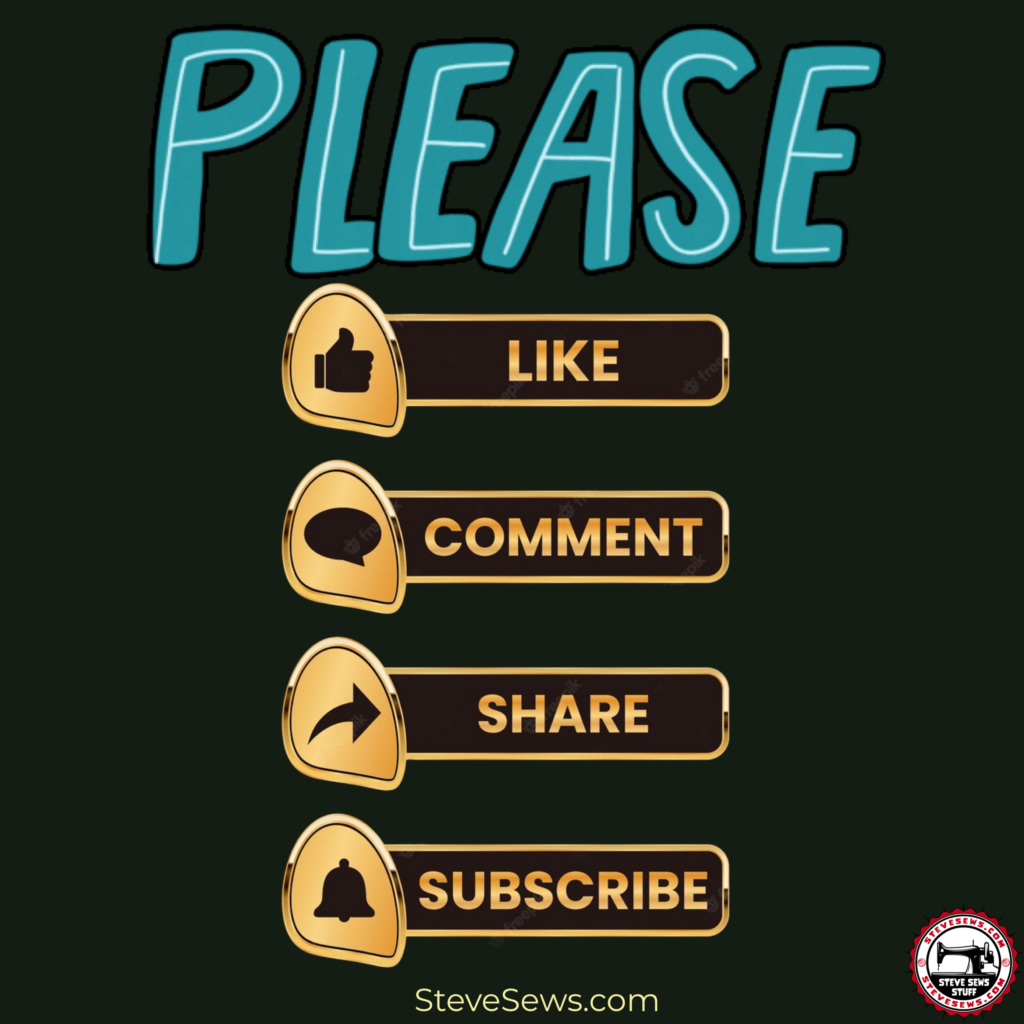
Follow on WordPress
Follow Steve Sews Stuff on WordPress.comFollow Steve Sews Stuff on Social Media:
You can also choose to follow Steve Sews Stuff on social media as well. (@SteveSews2)
Below are some examples of blog entries from all blogs that I do. (Courageous Christian Father, Steve Sews Stuff and SteveZ DesignZ).
Recent Feed of All of Steve’s Blogs
Recent Posts on Steve Sews
Below is a list of the most recent blog posts found on Steve Sews for you to check out.
Clipart: Unsplash, Pixabay, Pexels, Openverse, Adobe Express, Adobe Stock, FreePik, MetroCreative, Wonder AI, Algo AI and more. This site uses Amazon Affiliate Ads & Google Ads.
